SEO is one of the most changing parts of digital marketing because Google is always making changes to its ranking algorithm to improve how users search.
That means that marketers can take another look at the SEO trends that are changing the way search engines work every year.
Let’s explore the top 12 SEO trends for 2023.
1. AI will play a bigger role in SEO
The way people interact with online content is changing because of AI.
Google’s AI algorithm is something that stands out.
The algorithm, which was made public a few years ago and is called RankBrain, is an important part of how Google ranks search engine results pages (SERPs).
So, the big question is how to make your SEO work best for RankBrain.
Experts suggest that user experience is the most important factor in RankBrain’s algorithm.
You need to keep your readers’ attention by giving them useful, well-organized information.
Using an on-page SEO checker tool, you can find out vital information about a page.
Also Read:- Top 10 Tools To Effectively Analyze Your Website
2. Voice search will change how people search.
Voice search has come a long way, thanks to Google Assistant, Siri from Apple, and Amazon’s Alexa.
Think about your keywords to optimize for voice search marketing.
Find longer phrases that people use in everyday conversation.
Voice searches tend to work better when you use longer phrases that sound more natural.
People tend to use short forms when they type.
For example, a person might ask “What are the new SEO trends for 2023?” but type “new SEO trends 2023.”
3. The ease of use on mobile devices will affect search rankings
Google started using mobile-first indexing in 2019.
Its means that search engines give preference to mobile version of the site and consider it as ‘primary version’.
This change makes sense, since almost 73% of internet users will only use their phones or tablets to connect to the internet by 2025.
Use Google’s free mobile-friendly test to see how well your mobile site works.
Next, look at Google Search Console’s “mobile usability” report.
Also, keep in mind that Googlebot won’t load content that needs the user to do something, like click or swipe.
You have to make sure that this “lazy-loaded” content can be seen by Google.
Last, make sure that both the desktop and mobile sites have the same meta robots tags.
Also Read:– Top Free Social Media Analytics Tools
4. Google will give higher rankings to content that follows the EAT principle.
Google has said again and again that good content is important for ranking well.
But what does Google mean by “quality”?
Use the EAT principle, which stands for expertise, authority, and trustworthiness.
These things help figure out if a website has good, useful content.
This rule is especially important in business fields like health care and finance that fall under the “your money, your life” (YMYL) label.
To ensure your content is of high quality follow these rules-
First, create buyer personas.
This will help you figure out what kind of content your customers want.
Second, do search intent research.
This will help you map out the customer’s journey.
Third, use this information to make content that fits the format that your users prefer.
For example, if you want to reach teens, you might want to use video.
If you want to reach older people, video may not be as interesting.
EAT is the last thing to keep in mind as you write your content.
Stats and facts should be used to back up claims.
Link to sites you can trust, like those with “.edu” and “.gov” URLs.
Getting links from authoritative sites is another way to show that you meet the EAT criteria.
Also Read:– The Google E-A-T Score: What Is It and Why Does It Matter?
5. Content with a lot of words will help improve SERPs
Our State of Content Marketing Report says that articles with more than 3,000 words get three times as much traffic and four times as many shares as shorter ones.
They also get 3.5 times as many backlinks as articles that are usually between 901 and 1200 words long.
Focus on long-form content if you want to move up in the search rankings.
Also, the quality of your content must stay high.
The goal is to give users information that they can share and that keeps them interested.
How can you do this?
First, use H2 and H3 subheadings to divide your content into sections that are easier to read.
Mobile sites need subheadings even more than other sites.
Second, make sure that the sources you link to are relevant, credible, and have a good authority score.
Last, make sure it’s easy for people to share your content.
Include clear links to share the article in the headline and again at the end so that readers can quickly share it.
Also Read:– How To Create An Effective Content Strategy
6. The featured snippets will stand out more.
Don’t worry. If you want to move up in the Google rankings, you won’t have to make only long-form content.
Featured snippets, which came out in 2017, are a quick way to get more attention on Google.
They are very short, though. When you type something into Google, you may see a box at the top of the SERPs, above the actual results.
That is a piece. Getting a featured snippet is a great way to get on the first page of search results, which is where you want to be.
Also, snippets take a lot of traffic away from competitors.
Featured snippets show a small piece of information, often in the form of a question-and-answer or a quick list of steps for how to do something.
There are also rich snippets, which include images, reviews with stars, prices, and other pieces of information.
To make snippets, you should focus on queries that ask questions and keywords that are relevant.
You can get ideas from the “people also ask” feature on Google.
7. Predictive search will get better in the future
Google Discover came out in 2017, bringing with it a new way to search that doesn’t even need a user query.
Discover is another Google tool that uses AI.
Over time, the tool for recommending content finds patterns in how users act and gradually learns these habits.
With this information, Discover can find the most relevant content that the user is most likely to like.
More than 800 million people are already using Google Discover.
You don’t have to do anything extra to show up.
Your page will be included if Google indexes it.
Content is ranked by algorithms that look at the quality of the content and how interested users are in it.
Google hasn’t said exactly what factors are important, but it seems like location history, browsing history, app use, calendars, search history, and home and work locations are all important.
8. Video will have to be part of a good SEO plan for it to work.
It looks like online video is the way to go. More than 1 billion people use YouTube.
Now is the time to start making videos if you haven’t already. Still not sure? Here’s something to think about: Cisco says that people will watch more video than any other type of content in the future.
But how can you make the most of that video content?
Make sure that your video channel name and description are as good as they can be.
The description shouldn’t just be a list of keywords; it should also explain what your channel is about in an easy-to-understand way.
Keywords are also very important. For example, if you’re optimizing for YouTube, the auto-complete feature on the site can give you ideas.
Start typing the subject of your video into the search field and see what comes up.
This is a list of suggested keywords that tells you exactly what people are looking for on YouTube.
Also Read:– Benefits of Learning Data Science
9. Image optimization will be more important in search engines.
Visual image search has changed a lot over the years.
People used to just be able to look at pictures.
People will be able to use images to buy things, get information, and more in the future.
Google is very strict about optimizing your images. So you need to follow this practice religiously.
Image optimization is very essential for any website.
User high-quality images in webp or SVG format. Also, rename the file name with your target keyword in it.
Use alt tags so that crawlers can figure out what an image is.
Adding images to the sitemap makes it easier for crawlers to find them.
10. Keywords that make sense together will be given more weight.
SEO experts used to be so focused on the main keywords that it was as if they had blinders on.
We now know that secondary keywords are just as important as the main ones.
In the future, semantic search and optimizing for the user’s intent will become even more important.
Google no longer only looks at strings of words.
It looks at the context of a search query and tries to figure out what a user wants to find.
This means that the more relevant information that is given through primary and secondary keywords that make sense together, the better.
To really take advantage of semantic search, make content that answers a question that your audience would ask.
Instead of just focusing on keywords, content should be optimized for topic clusters.
Last, use structured data when it makes sense. Most importantly, don’t write for computers, but for people.
11. Local search results will be more important to SEO strategies.
People often think of how big the Internet is when they think of it.
Most people use search engines to find goods and services in their area.
For example, they might be looking for a nearby restaurant.
Local SEO is important and is changing all the time.
This change is caused in part by the rise of zero-click searches, which some SEO marketers call the “new normal.”
In a zero-click search, the answer to the user’s question is already on the SERP.
They don’t click on any of the search results because of this.
One reason why there are more searches that don’t require a click is that there are more featured snippets.
Many zero-click searches are for local information, and the results are shown on the SERP in a group called a “local pack.”
How do you get your business in that local pack? Start by making a page for your business on Google. It’s also important to have a strong list of backlinks.
You can get ideas from the backlinks that your competitors get and try to get those for yourself.
12. Data and Analytics should be the top priority
Data science lets you figure out who your buyers are, see how your campaigns are doing, and make targeted messages.
Tools like Google Analytics and Search Console are very useful.
It gives you deep insight into URL crawling, landing pages, errors, etc.
You can also use data science to find pages you don’t want crawlers to index and find strange traffic sources, like possible spam sites.
(which will hurt your EAT credibility).
What is the best way to track this data? There are a lot of tools for analyzing the SEO market out there.
The SEMrush SEO Toolkit gives you the tools you need to do everything, from tracking your rank to researching your competitors, doing on-page SEO, technical SEO, building links, and more.
Conclusion-
As the above list shows, SEO is only getting more complicated.
Long gone are the days when optimizing keywords and meta titles was enough.
With the way things are going in SEO right now, you need to think about everything from voice control to video SEO.
Metrics change all the time, so it’s important to know where you stand in the rankings.
With the right SEO tools, you can get the data you need to make a good SEO plan.



















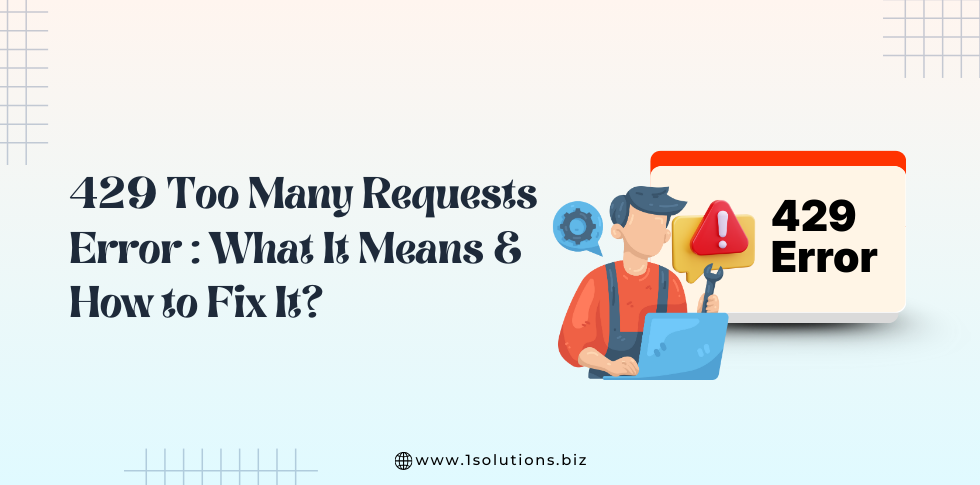
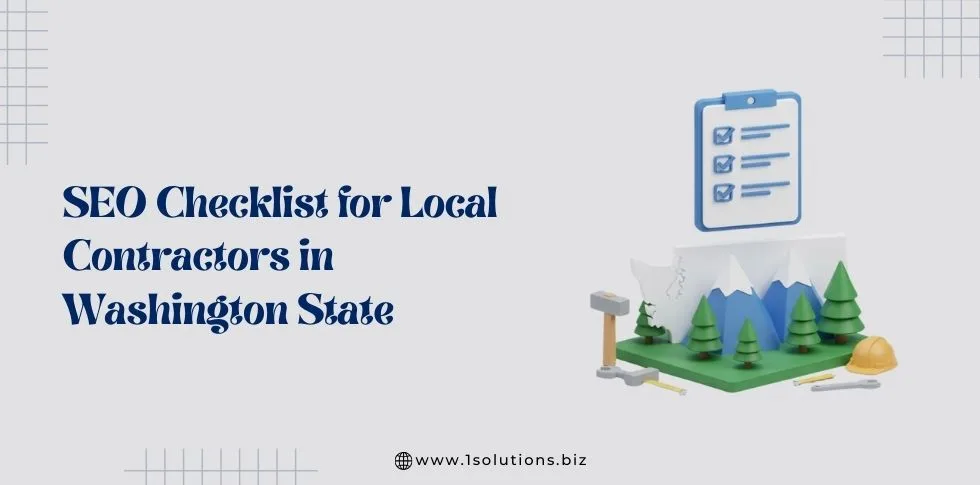
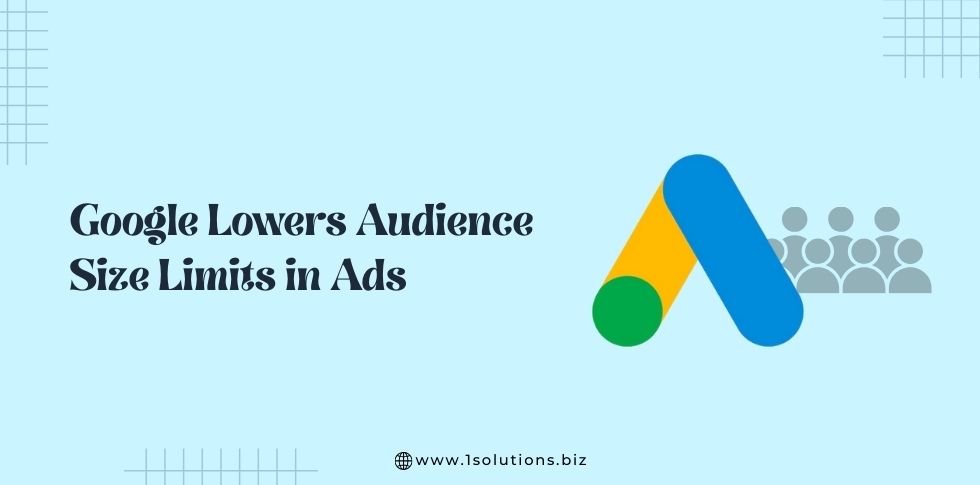


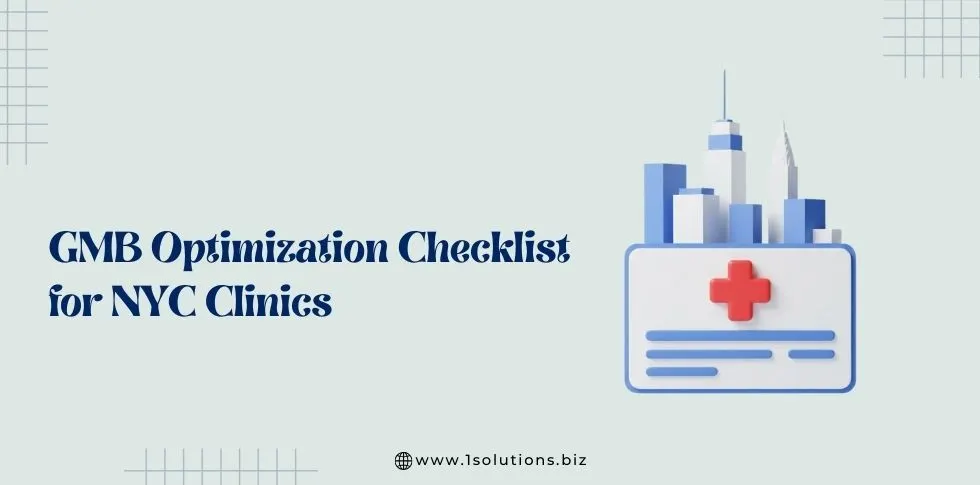
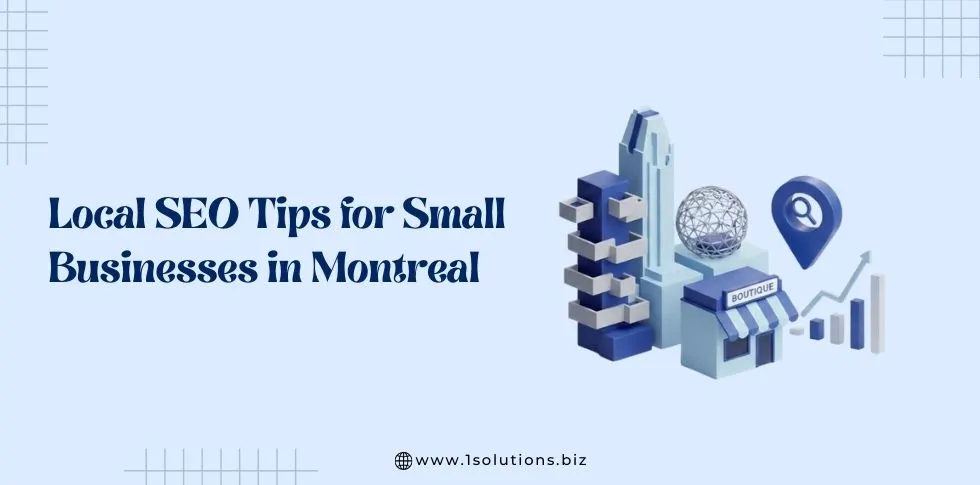
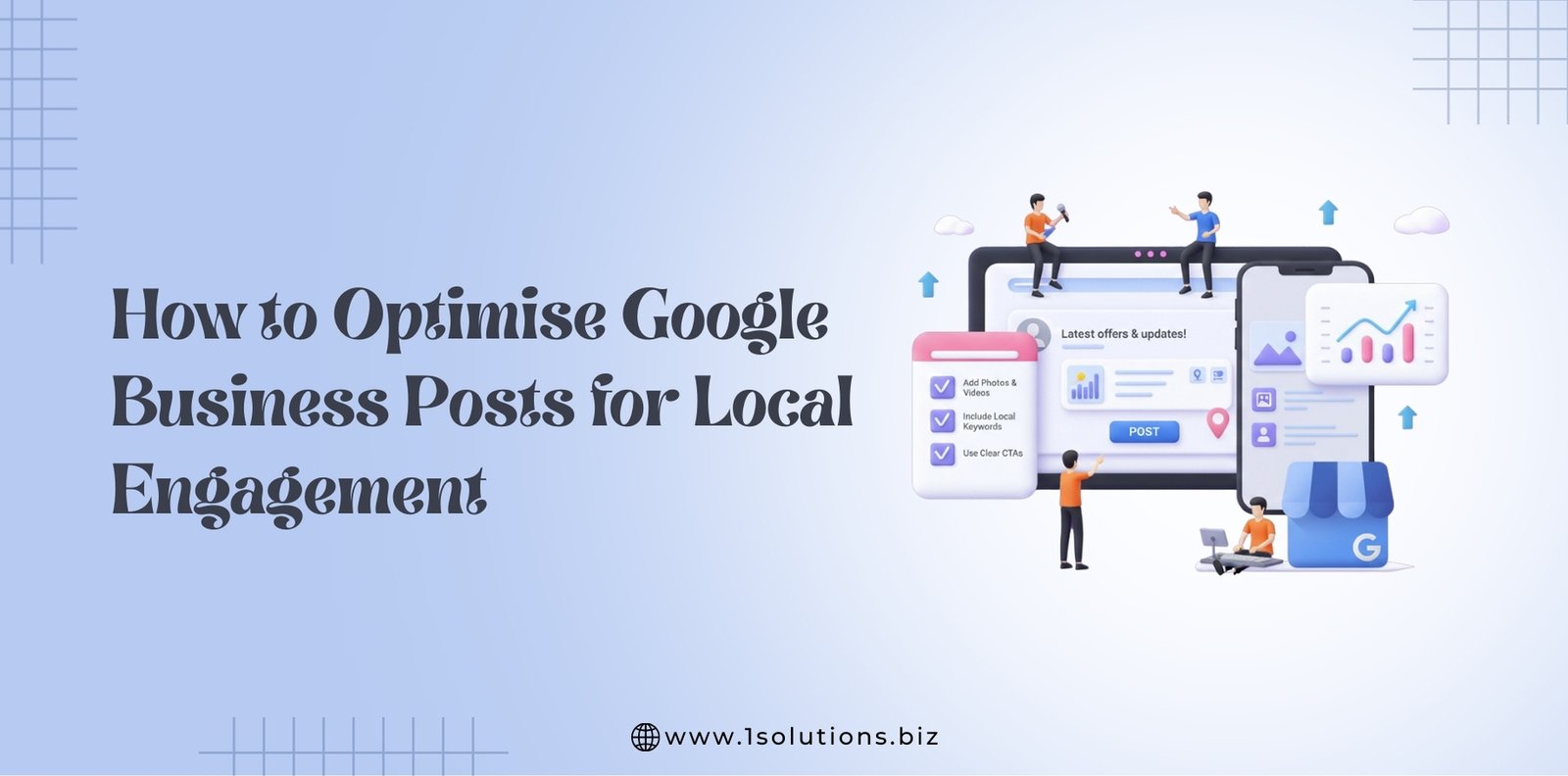




 in India
in India